Some animals just have a bad reputation—with their sharp teeth, cold stares, odd movements—it’s easy to assume they’re dangerous or unpredictable.

We’re hardwired to associate certain traits with danger, and in nature, that instinct can be useful. But it also means that some perfectly harmless creatures get unfairly lumped into the category of ‘avoid at all costs.’ And yet, some of the creatures we instinctively avoid are completely harmless. In fact, many are misunderstood, more afraid of us than we are of them, or simply not interested in doing any harm at all. Some of them even play vital roles in our ecosystems, from pollination and pest control to keeping our oceans clean.
This list doesn’t include obvious domestic animals or those we’ve grown used to. These are the ones that still make people step back, gasp, or shudder a little. The ones that turn up in horror films, creepy YouTube compilations, or get pointed out on hikes with a nervous laugh. However, if you look a little closer, you’ll see they’re not so scary after all.
Vultures

They look intimidating, sure—bald heads, hunched posture, sharp beaks. But vultures are shy, clean, and absolutely essential to ecosystems. They don’t hunt or attack live animals; they feed on carrion, preventing the spread of disease and helping nature clean up efficiently.
Despite their eerie image, vultures pose no threat to humans. They won’t approach unless there’s food, and even then, they’d rather avoid people altogether. Their biggest danger? Extinction. And that’s a problem for all of us. Fewer vultures mean more rotting carcasses, more disease risk, and a very unbalanced natural clean-up crew.
Basking sharks

At up to 10 metres long, basking sharks are the second-largest fish in the sea. Their gaping mouths might look like something from a horror film, but they’re filter feeders. No teeth, no predatory instinct, and absolutely no interest in humans.
They cruise slowly through the water, scooping up plankton with their giant mouths. Divers regularly swim alongside them without a single issue, and they’re often curious but calm. As long as you keep a respectful distance, they’re among the gentlest giants in the ocean. Their presence is a sign of healthy seas, and they need protection, not panic.
Garden snakes
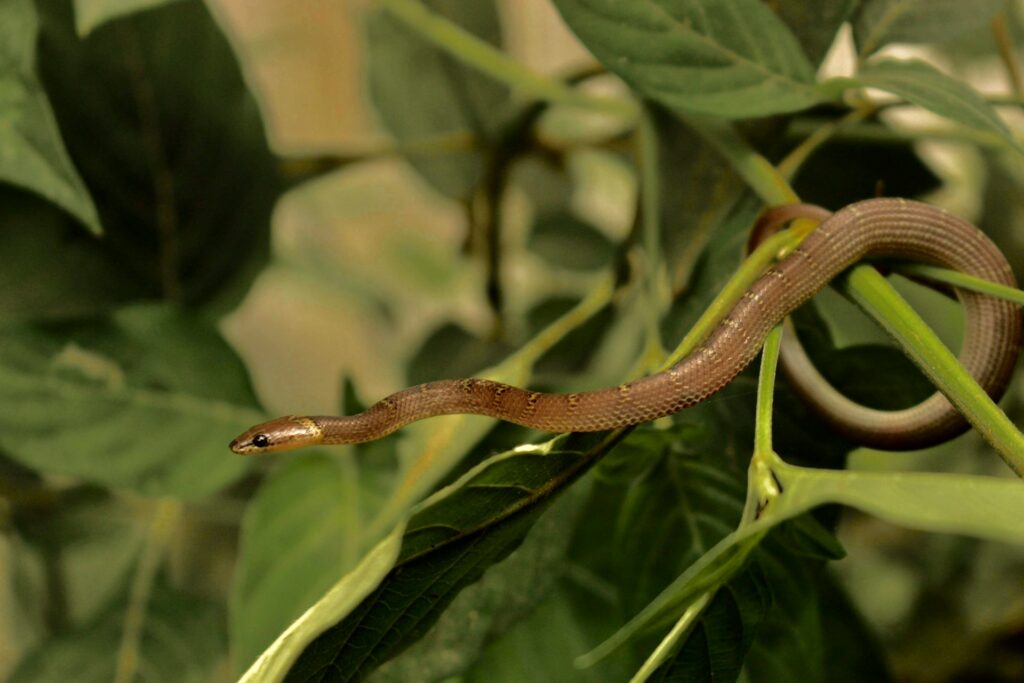
Many non-venomous snakes, like the UK’s grass snake or North America’s garter snake, are completely harmless to humans. They might startle you when they slither away, but they’re doing you a favour by keeping pests in check and helping maintain balance in your garden.
They’re not aggressive and won’t bite unless seriously provoked, and even then, their bite is harmless. They’d rather flee than fight. Let them do their thing, and they’ll quietly help your garden thrive by keeping down populations of slugs, rodents, and insects.
Tarantulas

Tarantulas look like something you’d see in a horror movie—big, hairy, fast-moving. But the truth is, they’re calm, solitary, and not particularly dangerous. Their reputation comes more from how they look than how they behave.
Their bite is rarely worse than a bee sting, and they’re not aggressive. If they feel threatened, they’re more likely to kick tiny irritating hairs off their abdomen than lash out. Many tarantula species are even kept as pets because they’re so docile. They’re more likely to run and hide than confront a human.
Manatees
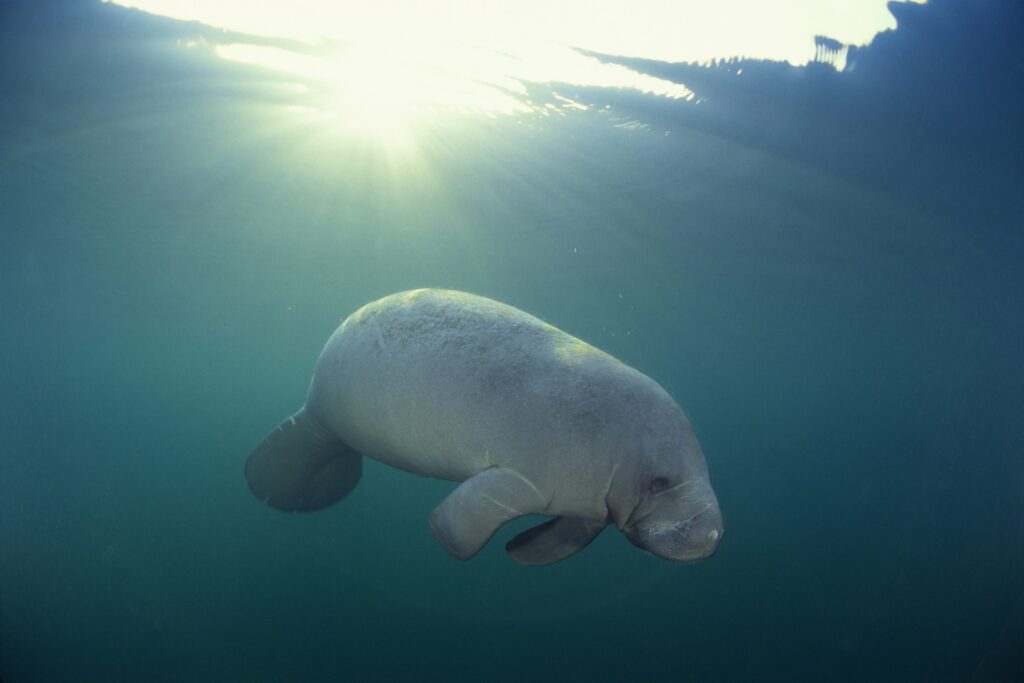
Large, slow, and oddly shaped, manatees look like they could do some damage. However, they’re gentle herbivores who spend most of their time grazing on sea grass in shallow, warm waters. They’re sometimes called sea cows, and they live up to the name—peaceful, placid, and relaxed.
They’re curious but shy, and they pose zero threat to humans. In fact, they’re often in more danger from us, particularly from boat strikes and habitat destruction. Seeing one in the wild is more of a privilege than a risk. Their slow-moving, friendly nature has made them beloved mascots for ocean conservation.
Whip scorpions

Also known as vinegaroons, whip scorpions look like a cross between a spider and a nightmare. But they can’t sting, and they’re not venomous. When threatened, they might spray a harmless vinegar-like liquid. That’s it. It smells strange, but that’s the worst it gets.
They’re shy, nocturnal, and excellent pest control, feeding on insects like cockroaches and crickets. Despite their looks, they’re a harmless, even helpful presence in warm, dry environments. They’re more likely to run away than confront you, and they help keep creepy crawlies in check.
Goliath beetles

Some of the largest insects on Earth, Goliath beetles can look downright prehistoric. They’ve got armoured bodies, giant legs, and a lumbering crawl. But despite their size, they’re herbivores and completely docile. They spend their days feeding on fruit and sap, not picking fights.
They’re often used in education and pet displays because they’re so easygoing. They won’t bite, sting, or jump at you. They just want to eat fruit and mind their own business. In some parts of the world, they’re even considered a symbol of good luck.
Millipedes
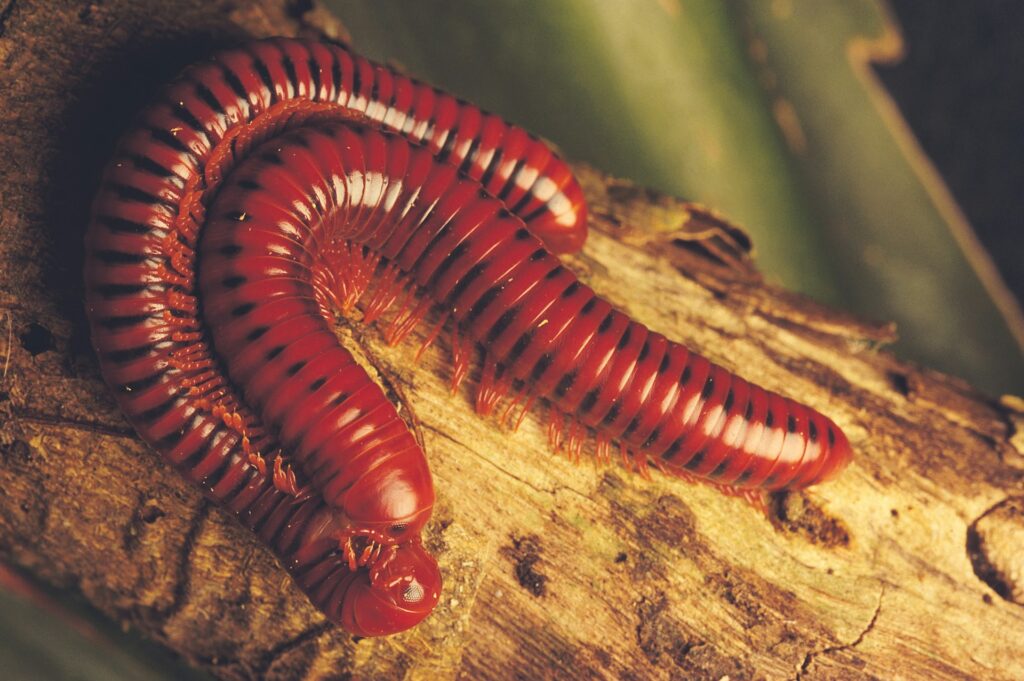
Unlike their faster, often venomous cousins the centipedes, millipedes are slow, soft-bodied, and safe. They feed on decaying plant matter and prefer dark, damp environments, like leaf litter or under rocks.
When threatened, some species release a mild chemical that can smell unpleasant, but it’s not harmful to humans. They don’t bite, they don’t chase, and they’re great recyclers in garden ecosystems. They play a quiet but important role in the cycle of life.
Camel spiders
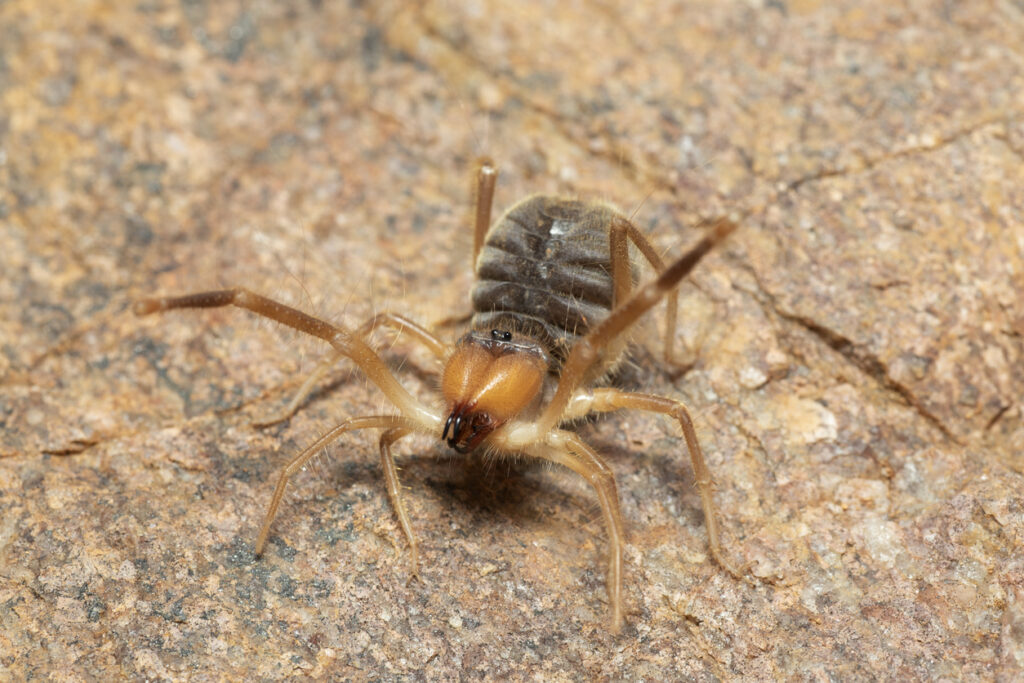
They’ve been the subject of internet legends and exaggerated horror stories. But camel spiders (also known as solifuges) are neither spiders nor scorpions, and they aren’t venomous. Their fearsome appearance and rapid movement make them look scary, but they’re not interested in you.
They move fast and have large jaws, which makes them look terrifying, but they pose no real danger to humans. They’re hunters, yes, but of insects and small animals. You’re not on the menu. In reality, they’re shy and spend most of their time hiding.
Sloths

Sloths are slow, strange, and not exactly expressive. But they’re not dangerous in the slightest. They move so slowly that algae grows on their fur, and they spend most of their lives hanging upside down in trees, quietly chewing leaves.
They’re solitary, gentle, and uninterested in conflict. Even when threatened, they move away rather than lash out. Their biggest defence is staying invisible and being too slow to attract much attention. They’re surprisingly charming once you get past the sleepy stare.
Horseshoe crabs
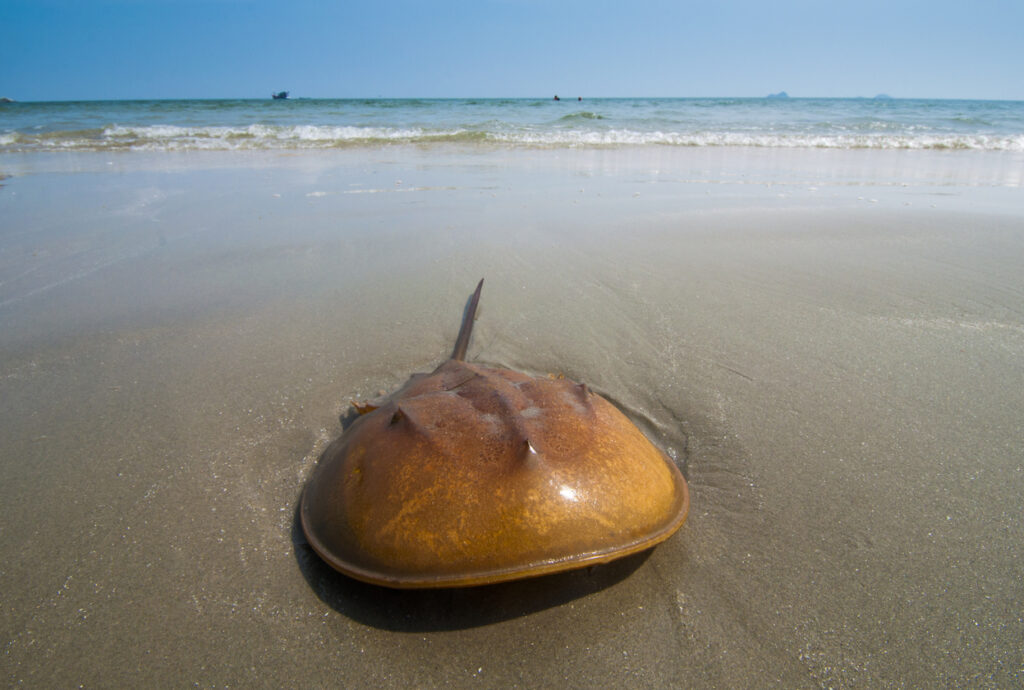
Despite their spiky tails and hard shell, horseshoe crabs are harmless. They don’t sting, bite, or pinch. Their tail isn’t a weapon; it’s just used to flip themselves over if they get stuck on their backs.
They’ve been around for over 450 million years and play a vital role in modern medicine as their blue blood is used to test vaccine safety. They’re strange, ancient, and peaceful. You’re more likely to help one across the beach than ever feel threatened by it.
Capybaras
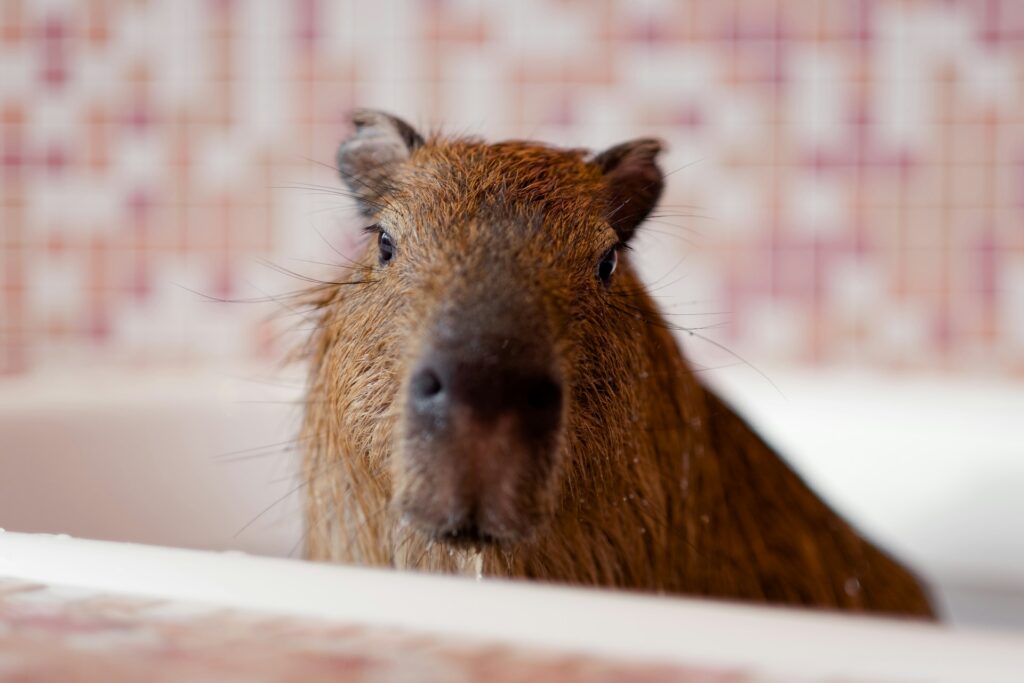
Capybaras are the world’s largest rodents, but they’re also the most laid-back animals you’ll ever meet. They get along with pretty much everyone—birds, cats, monkeys, even crocodiles in some cases. Their calm energy is contagious.
They’re social, friendly, and non-aggressive. Even in the wild, they rarely react with hostility. Their calm temperament has made them internet icons, but in real life, they’re just as gentle. If the animal kingdom had a designated therapist, it would probably be the capybara.
Sun bears
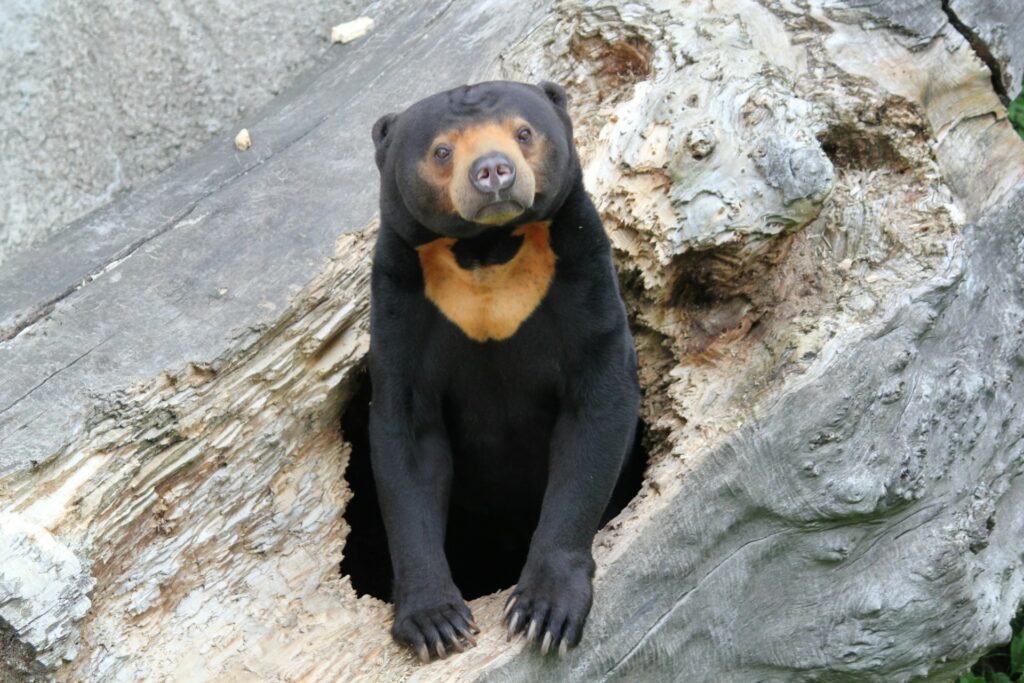
Sun bears look like they’d be aggressive—they’re bears, after all—but they’re the smallest of the bear species and usually avoid conflict. They’re shy, tree-dwelling, and rarely seek out humans.
They do have sharp claws for climbing and a long tongue for honey, but they don’t see humans as prey or rivals. Like many wild animals, they’re only dangerous when cornered or provoked. Their real threat? Habitat loss and human encroachment.
Appearances aren’t everything

We’re wired to make quick judgements based on appearance, but in the animal world, that often leads us to fear the wrong things. The most dangerous creatures are often subtle, while the most terrifying-looking ones are more bark than bite. Many of the animals above have been demonised, exaggerated, or misunderstood. In truth, most just want to be left alone to live their lives. Some are vital parts of ecosystems, quietly supporting the balance of nature. Others are simply doing their best to survive in a world that often sees them as a threat.
When we look past the teeth, claws, and myths, we find animals that aren’t dangerous—they’re just different. Understanding that is the first step to living more peacefully alongside them. And who knows? Once you see their true nature, you might even come to admire them.